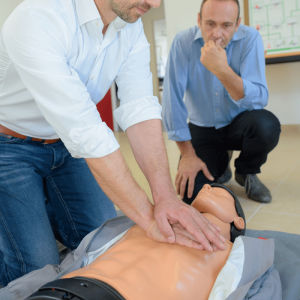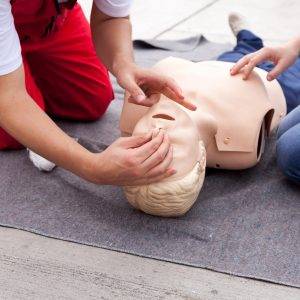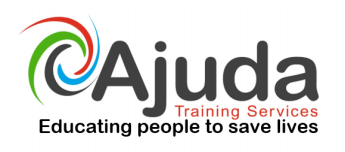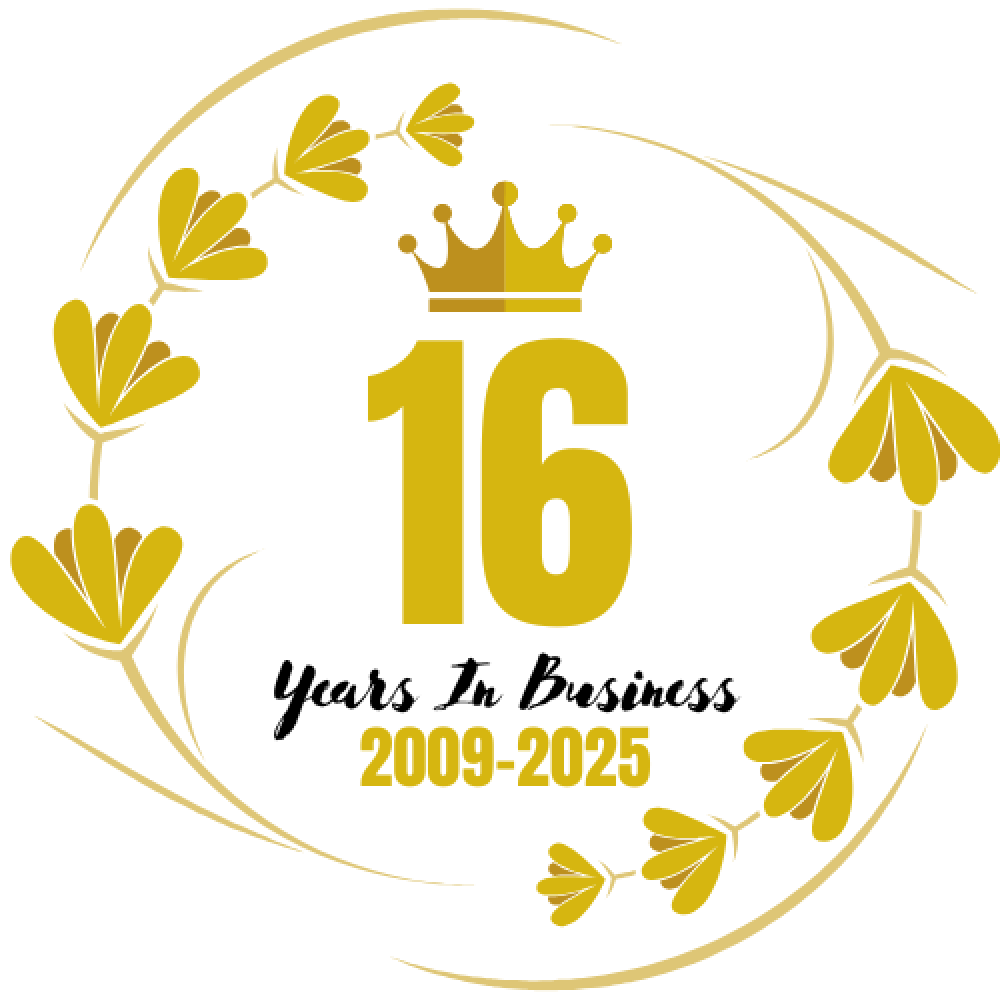
First aid tip 1:
Direct pressure stops bleeding
Serious bleeding from a major blood vessel is a life-threatening emergency.
The best way to stop severe bleeding to apply firm, direct pressure directly over the bleeding wound.
First aid tip 2:
Anyone can use a defibrillator
Automated External Defibrillators (AEDs) deliver an electrical shock to help victims of Sudden Cardiac Arrest. A cardiac arrest occurs when the heart stops beating due to a problem with the electrical activity.
AEDs can be found in many public places – shops, railway stations, airports, gyms, schools, colleges etc.
An AED is designed to be used by anyone! They are fully automated and have voice prompts to help bystanders use the device.
First aid tip 3:
Nosebleeds – forwards not back!
The best way to stop a nosebleed is to pinch the soft part of the nose for a minimum of 10 minutes and learn forwards not back!
First aid tip 4:
Water for burns
Cooling a burn quickly is vital to prevent further damage to tissue. The best way to cool a burn is running water! Putting anything else on a burn (such as butter, toothpaste etc.) will not be as effective in removing heat and stopping the burning process.
First aid tip 5:
Chest compressions rule
The most important component of CPR is high quality chest compressions. If you are unable or unwilling to do rescue breathing (“the kiss of life”) then don’t! Instead to continuous chest compressions until further medical help arrives.
These are just some Tips & Tricks
We have fully comprehensive First Aid Training courses that will teach you all the skills and could help you save lives



